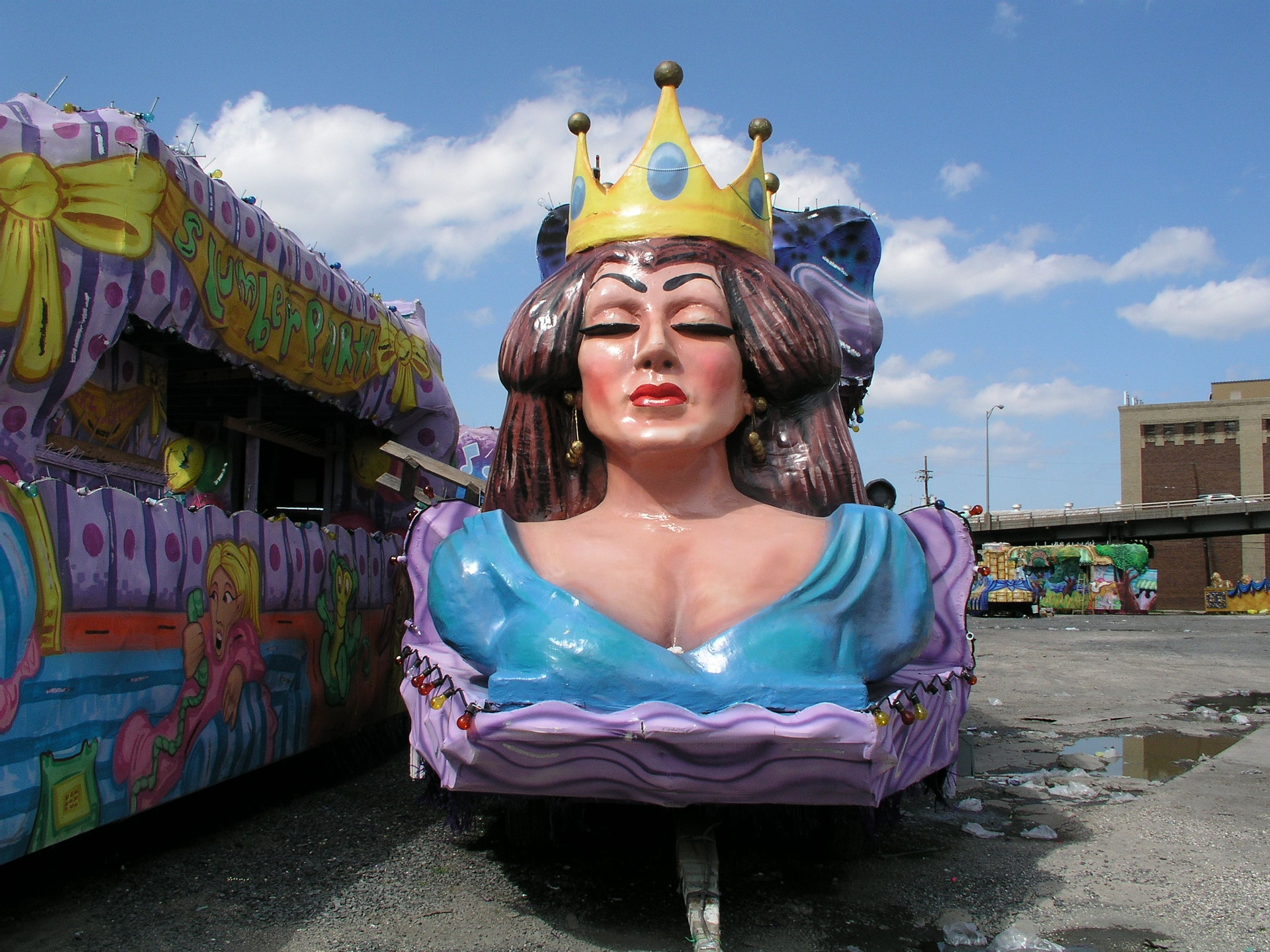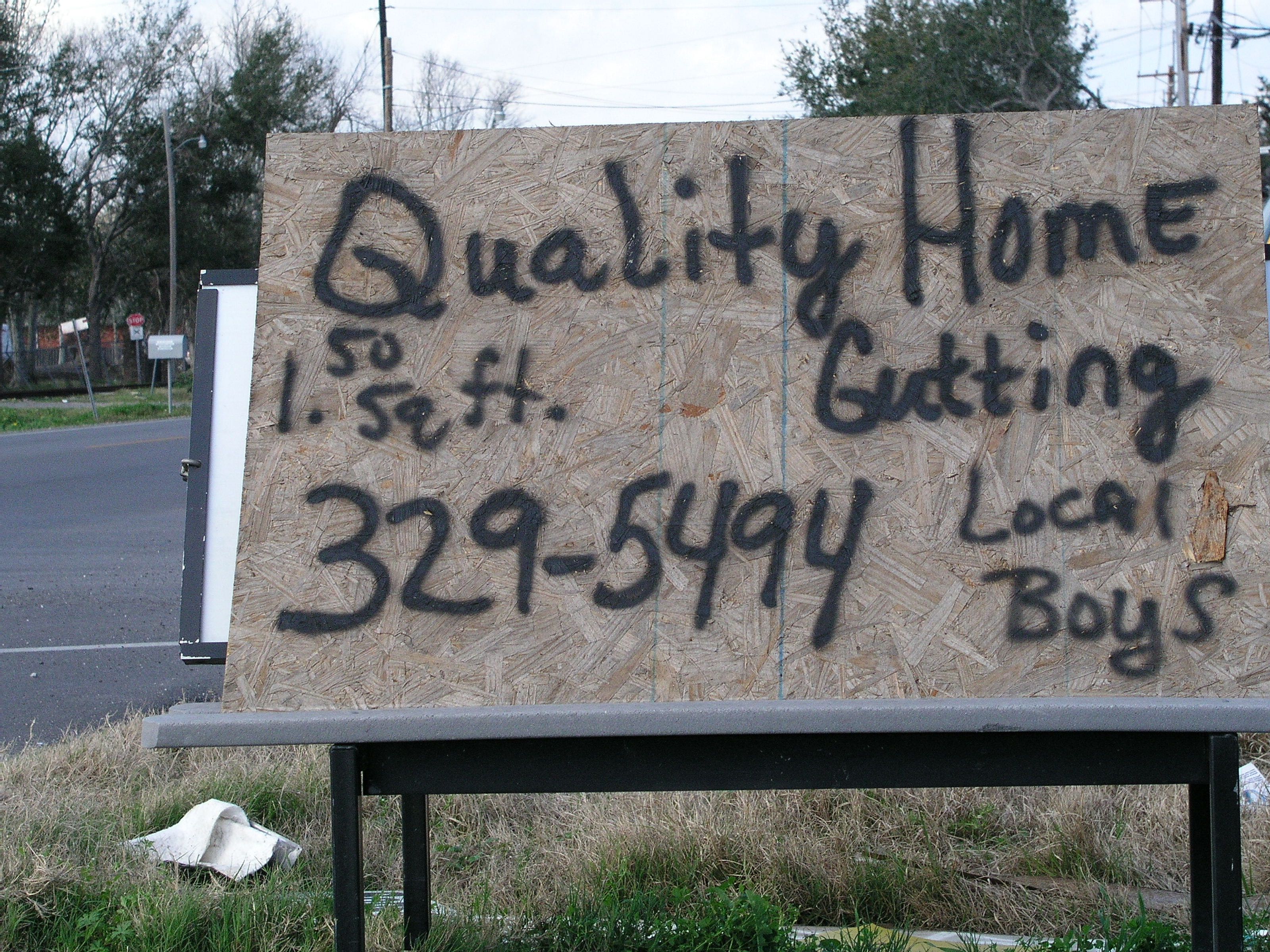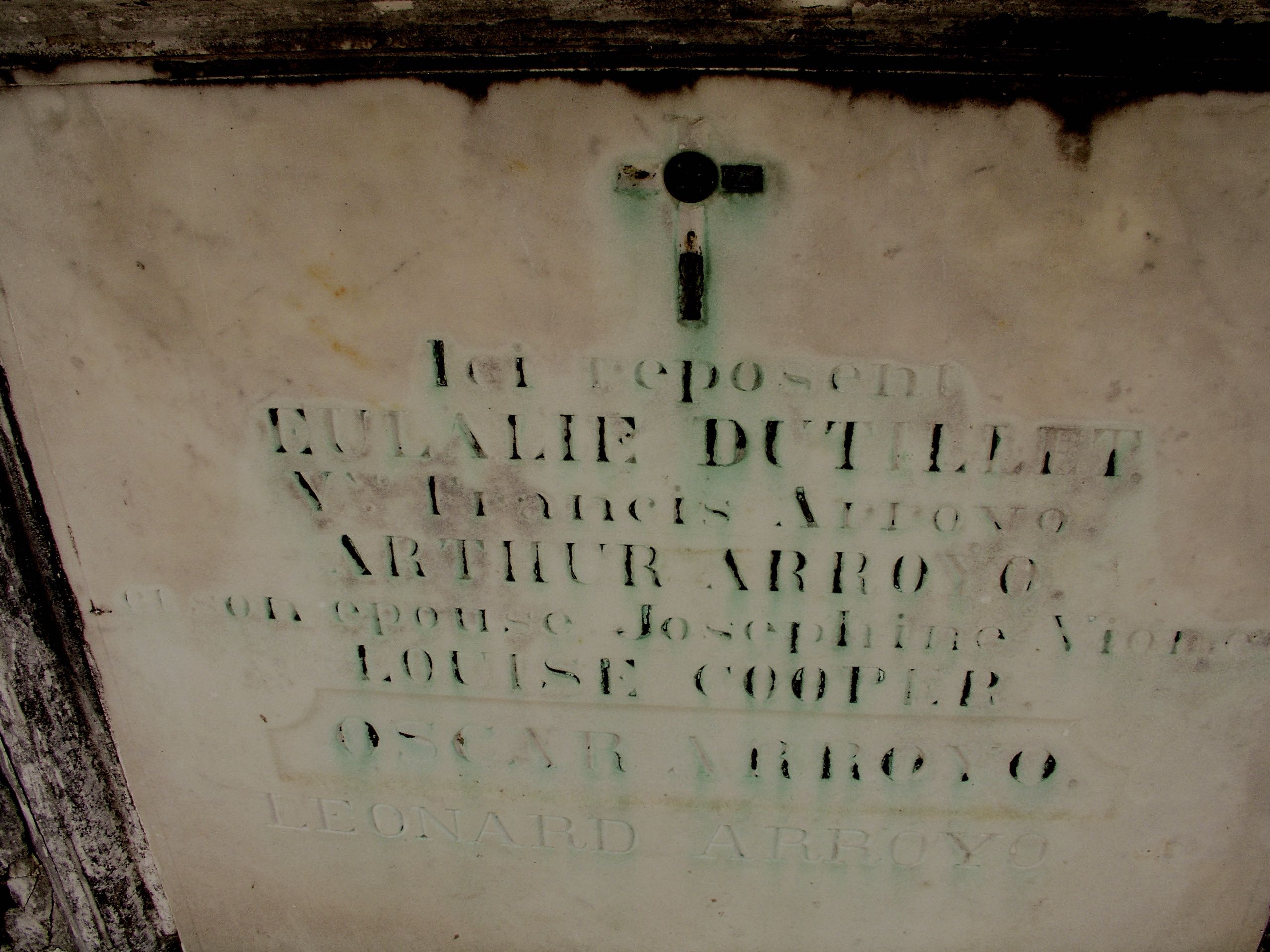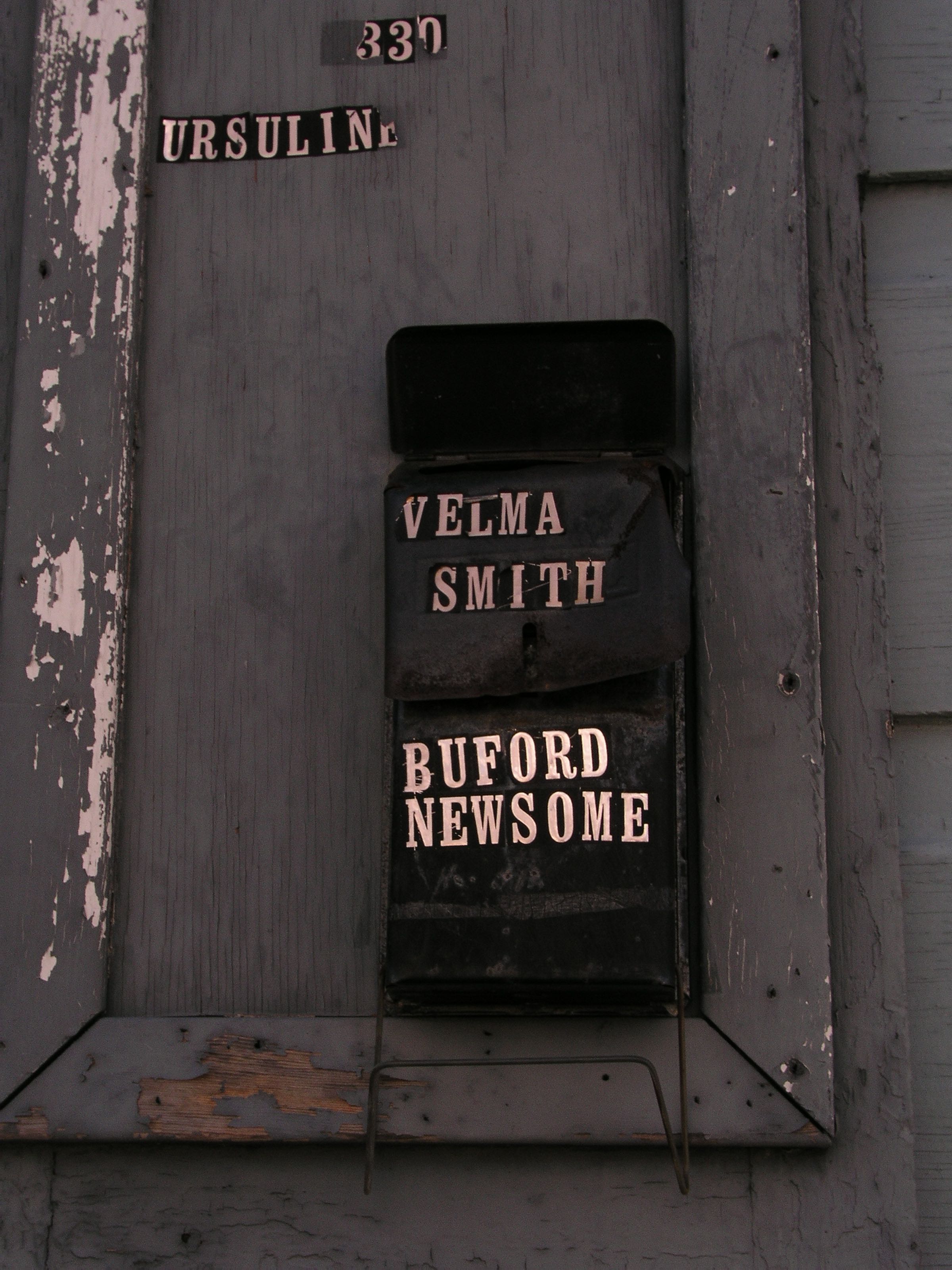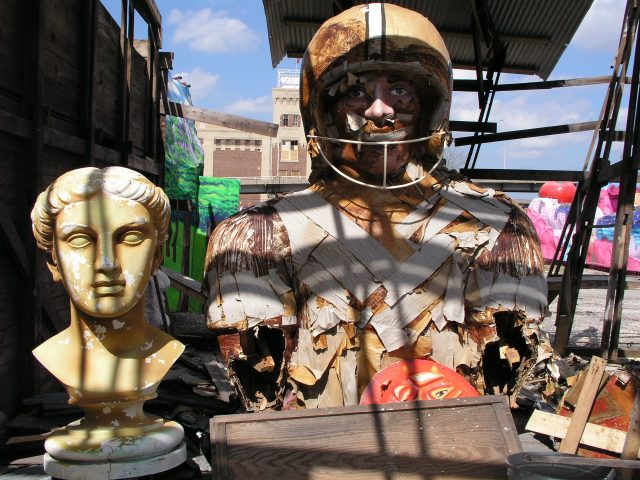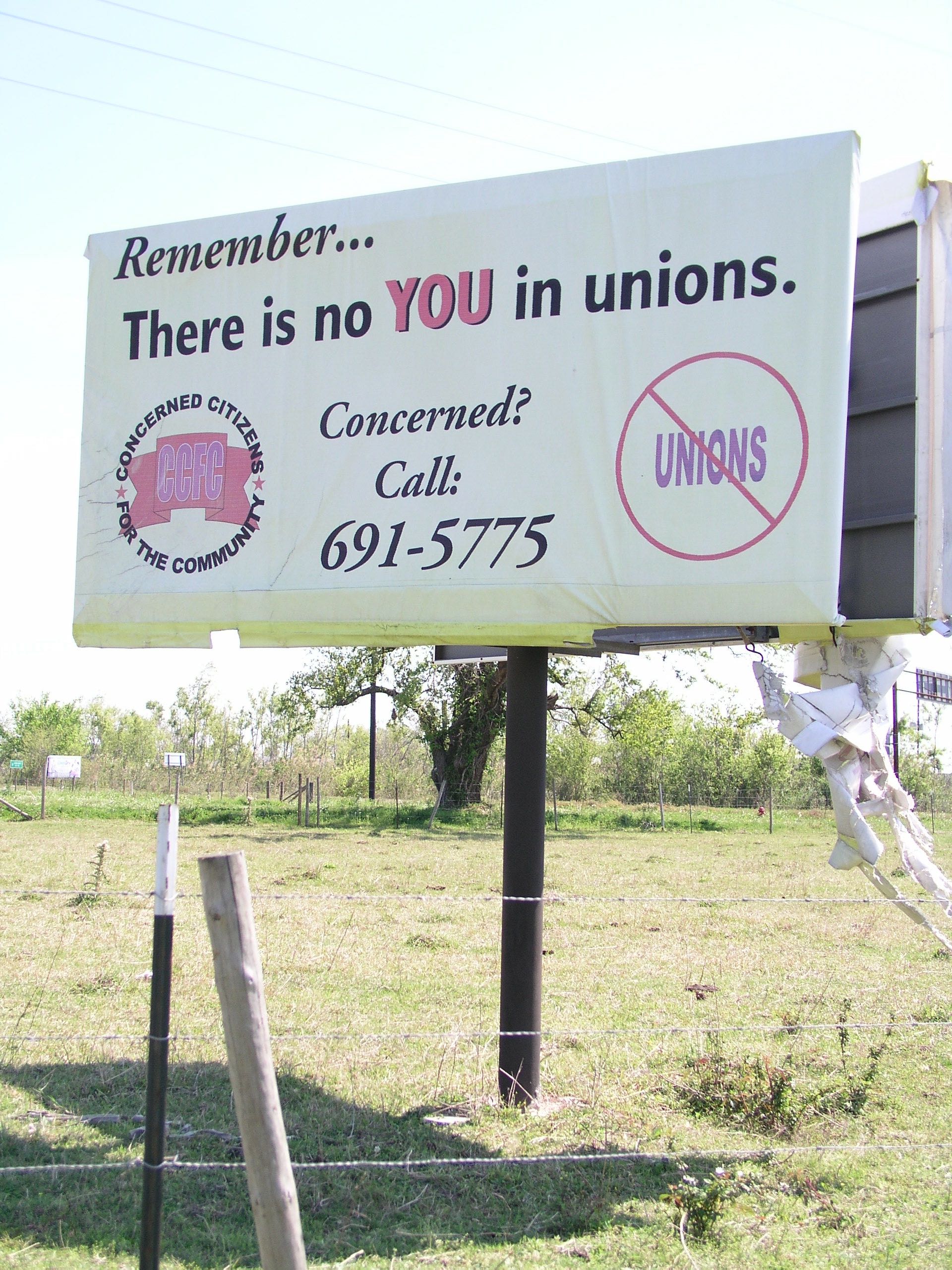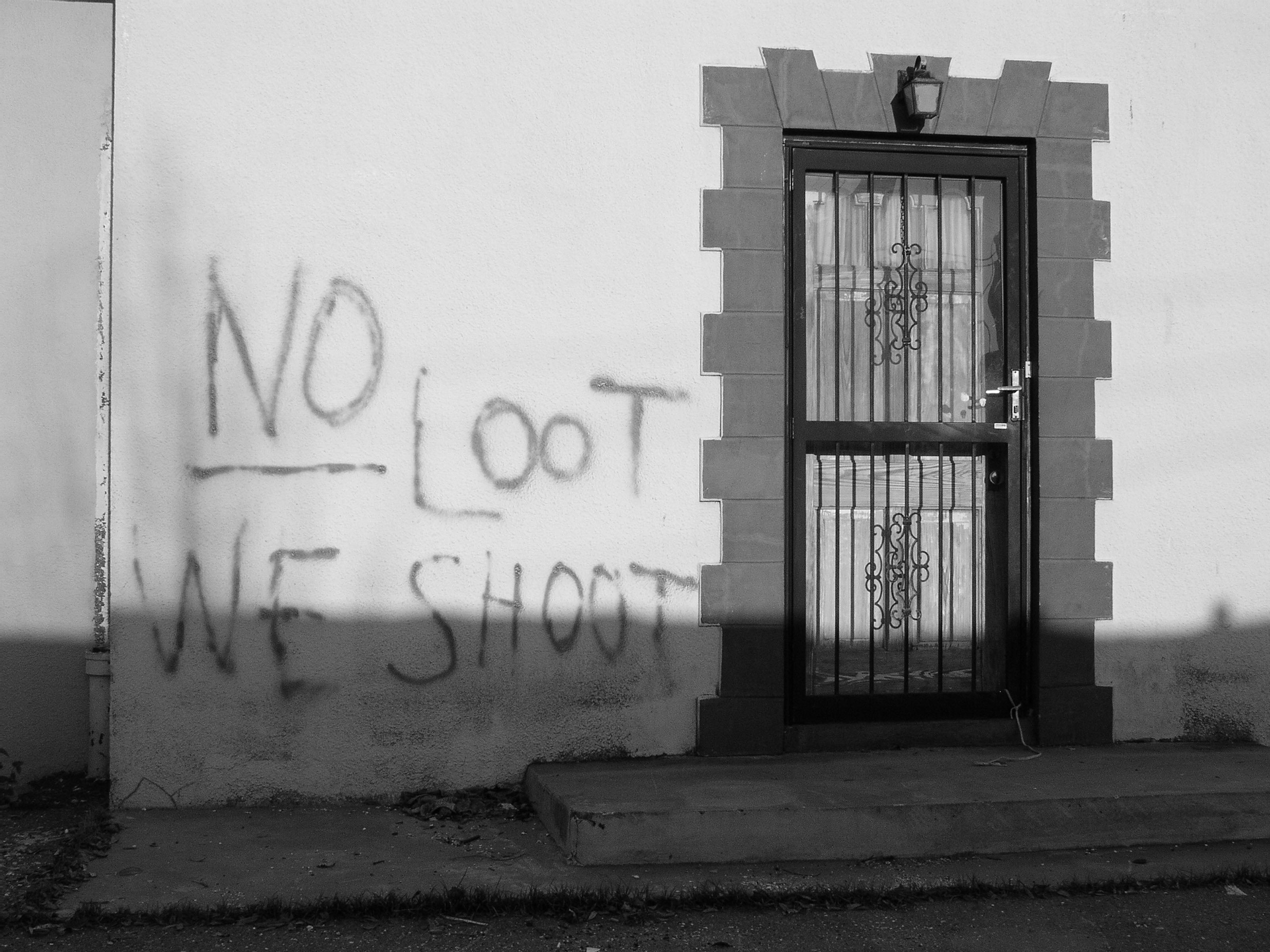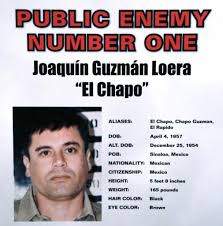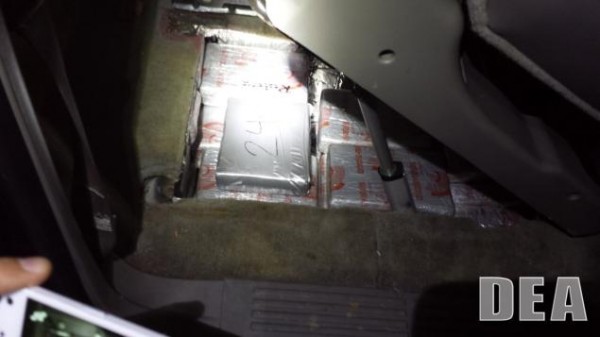I’m speaking today in a mansion near Portsmouth Ohio built by a doctor named David Procter – known around here as `The Godfather of the Pill Mill’ – whose story I told in Dreamland.
A reader I’ll call Karen, who grew up in Portsmouth, wrote to me a while ago:
“For some reason I feel compelled to tell you that Dr. Procter was the catalyst that destroyed my family.
The house, in South Shore, Kentucky on the Ohio River, has been converted to a  drug rehabilitation clinic run by a company called Recovery Works.
drug rehabilitation clinic run by a company called Recovery Works.
Karen:
“My dad worked at the prison as a guard. He hurt his back, falling from a ladder during some sort of training assignment.
“I only knew that my dad got hurt at work, and [Procter] was his doctor. And that my mom hated him with a passion. I can remember going to his office and my mom coming out so upset. I found later that it was because she would go there and beg him to stop giving my dad pills. Lines out the door. I can still remember my mom and my aunt and my grandmother in the car discussing all the people.
___
Pharmaceutical companies and pain specialists viewed the pain-pill revolution that transformed American medicine as a boon to doctors. They sold the opiate painkiller pill as a way of addressing the lack of time doctors had with patients, and pain patients in particular.
That doctors accepted them so readily tells us how serious were the time pressures they felt.
The more you prescribed them, though, the more the pills became a curse – just like morphine molecule they contained. They wore down a doctor. A doctor known as an easy touch was soon overwhelmed with patients who filled his waiting room, waving cash in front of him, insisting. Soon he was accepting only cash – addicted to it, accepting the lies his patients told him, believing too that nothing was wrong.
From this emerged the medical mutation known as the Pill Mill. Nothing showed the corrosive effects of for-profit medicine like the pill mill.
David Procter was notorious in Portsmouth for prescribing large amount of pain pills to patients, with almost no diagnosis.
___
“The day my parents marriage finally ended, was the day my mother threw all of my dad’s pills Down The Gutter and he removed the manhole cover and crawled down to get them. I remember her taking her wedding ring off then and telling him that she wanted a divorce. His head was literally sticking out of the manhole. Sad time.” Karen
___
David Procter was a product of that, I believe.
He had come in 1977, and been beloved. Amid economic decline, doctors held the key to life strategies like worker’s comp and SSI. Procter became the quickest doc around in preparing worker’s comp papers.
In 1988, the Kentucky Board of Medical Licensure investigated him for the first time. Those reports seem to describe a man losing his bearings but still trying to maintain some semblance of medical and moral rectitude, still looking for second opinions and trying to find alternatives to pills for his pain patients.
Ten years later, a second investigation, and that doctor had vanished.
In the interim, OxyContin and the Pain Revolution had come. Jobs were gone, Main Street was an empty shell. Ohio River towns had lost huge population. Dreamland pool had closed.
As a doctor in a desperate place, he had been unaccountable for too long and grown corrupt, the Kentucky public record documents. Now, investigators found a man who extorted sex for pills from vulnerable and addicted women, who preyed on girls tormented about abortions. His waiting room was a corral of drug addicts, all there with eyes downcast, desperate. He stayed open well past his posted business hours. His records were shoddy or nonexistent.
After a car accident, he began hiring doctors with drug and alcohol problems to run his clinics. This is what gave him lasting importance to this story, for those doctors in turn left to start their own pain clinics.
The problem metastasized like a cancer. Procter became the Ray Kroc of the Pill Mill.
__
Drugs have hit my family hard. My uncle’s stepdaughter and her daughter were both murdered in Lucasville. They still haven’t found their murderers. The daughter was a beautiful sixteen-year-old girl who didn’t deserve anything that she got. Apparently her mother was selling Oxycontin. My aunt’s step-daughter is doing life right now for murdering another girl in a town near Portsmouth. I have two uncles who both died of heroin overdoses in the last 6 years.
And some of my friends from high school, their daughter has been missing for about 6 years. Due to drugs as well, I’m sure of it. I could go on and on. I’m so glad that I left that area in 1989 and made a better life for myself. However the county that I am living in and have been living in for 27 years is starting to feel the sting. It’s happening. Karen
___
David Procter eventually went to prison for 12 years. He was released in 2014 and, being Canadian, was  deported. He leaves behind a strange painting of a monkey looking into a mirror, with Dr. Procter’s reflection looking back at him, and a seven-bedroom, six-bath, seven-car mansion on 34 acres that is now occupied by 16 addicts working on their recovery.
deported. He leaves behind a strange painting of a monkey looking into a mirror, with Dr. Procter’s reflection looking back at him, and a seven-bedroom, six-bath, seven-car mansion on 34 acres that is now occupied by 16 addicts working on their recovery.
____
My dad OD’d in 2009, but he really died years before. He was a good dad once. I’m glad that I have those happy memories.
I know Procter’s house well. We always called it the house that pills built. Beautiful place. Fitting that it’s now a rehab. Karen

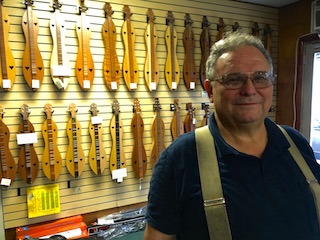

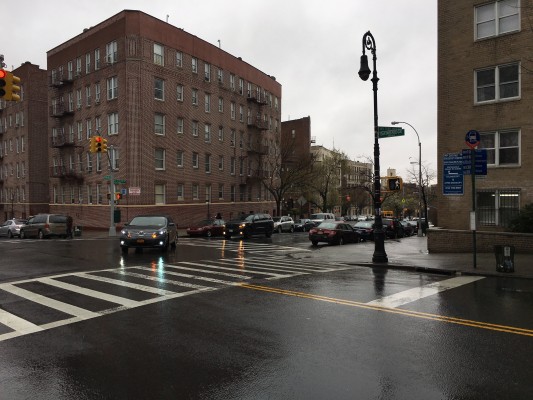


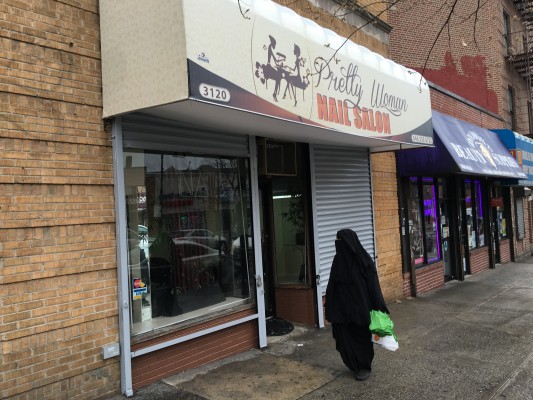
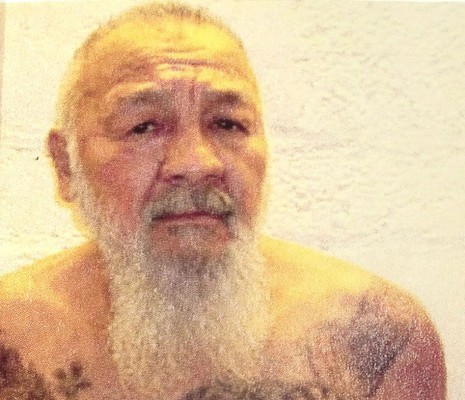



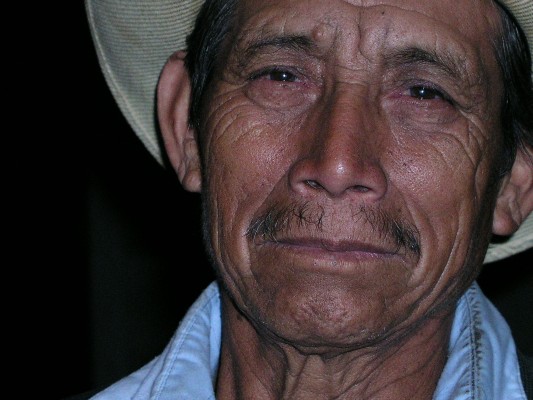 002 and 2003,
002 and 2003,

